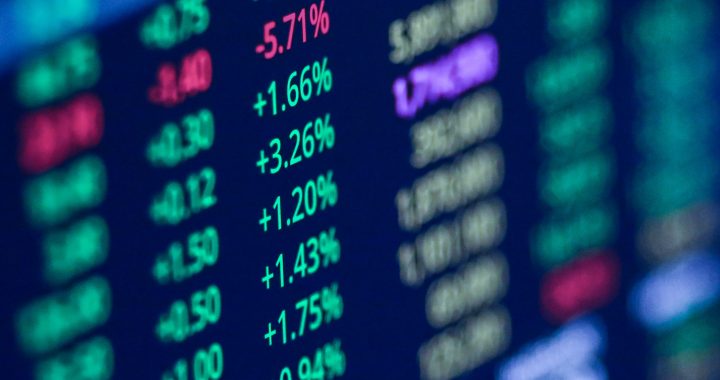
MEET THE TEAM: SCOTT GYNTHER
The rewarding feeling of supporting clients to reach their financial goals was all the motivation Private Client Adviser Scott Gynther needed to rise through the ranks of the VISIS team.

Markets had a positive shakeup after the RBA announced a relatively mild 25 base-point rise in interest rates in October – but inflation is still sitting too high and markets remain volatile as investors price in false inflation peaks.
Global markets came a cropper in September as investors responded to higher-than-expected inflation and monetary policy tightening over the month. The US markets felt a severe loss with the S&P 500 dropping 9.3%, the Dow tumbling 8.8% and the NASDAQ recording a 10.5% loss for the month.
In Australia, ASX 200 investors shared similar sentiment, with the index landing 6.7% lower at the end of a tumultuous month on the back of rising interest rates and instability in the market.
The ASX had a sudden lift, though, after the Reserve Bank announced a 25-base-point interest rate rise after an anticipated 50bp jump, which was better-than-expected news that we saw reflected in the lift in the market. However, inflation is the highest it’s been since 2013 – and Australian mortgage holders are feeling it in their back pockets.
In commodities, gold has slipped but is still outperforming other assets, and iron ore is continuing to drop. Oil fell from US$93 to US$84 a barrel but motorists received little reprieve at the bowser, with fuel prices floating above $2.00/L after the full fuel excise was reintroduced in late September.
Pundits are banking on smaller rate rises next month as unemployment rises by 0.1% demonstrating signs of monetary policy taking effect. Nonetheless, housing prices are expected to fall as much as 10% off the back of rate tightening next month, and the cash rate is now tipped peak in February at 3.35%.
Looking overseas, the US and much of Europe continue to battle with cost-of-living pressures as strong wage growth, tight Labor markets and falling unemployment suggest the end of rate hikes is not yet near. The US Federal Reserve raised interest rates, following the release of higher-than-expected quarterly core inflation figures, with prices up 6.3% from this time last year.
The Fed remains steadfast in their attempts to tame inflation to tame in inflation, with some economists citing the Great Inflation of the 1970s as a cautionary tale of the consequences of early rate relief.
Meanwhile, Vladmir Putin has Europe and global equity markets bracing for a cold winter after turning off Russia’s Nordstream 1 pipeline and turning up cost of living pressures. With Russia supplying up to 40% of Europe’s gas, reduced supply will no doubt flow downstream to consumers. A combative £150 billion energy price cap has been announced in the UK to alleviate energy costs and inflationary pressure.
Overall, investors are urged to remain patient amid market volatility and look for opportunities.

The rewarding feeling of supporting clients to reach their financial goals was all the motivation Private Client Adviser Scott Gynther needed to rise through the ranks of the VISIS team.

Fresh off the back of the announcement to raise the royalties on mining companies in Queensland, in other words establishing their very own “mining super profits tax” the Labor Government has turned its sights on the rental income of Queenslanders by increasing land tax on property owners.
Advice you can trust, results you can enjoy.